Repair Cracked Concrete Bridge Pier Cap
① Crack Injection (Epoxy Resin) ② External Prestres CFRP Plate ③ CFRP Strengthening(Carbon Fiber Plate and Carbon Fiber Sheet)
The bridge pier cap exhibited significant cracking due to long-term overloading and environmental exposure. The cracks (widths up to 0.6 mm) were primarily located near the midspan, compromising structural integrity.
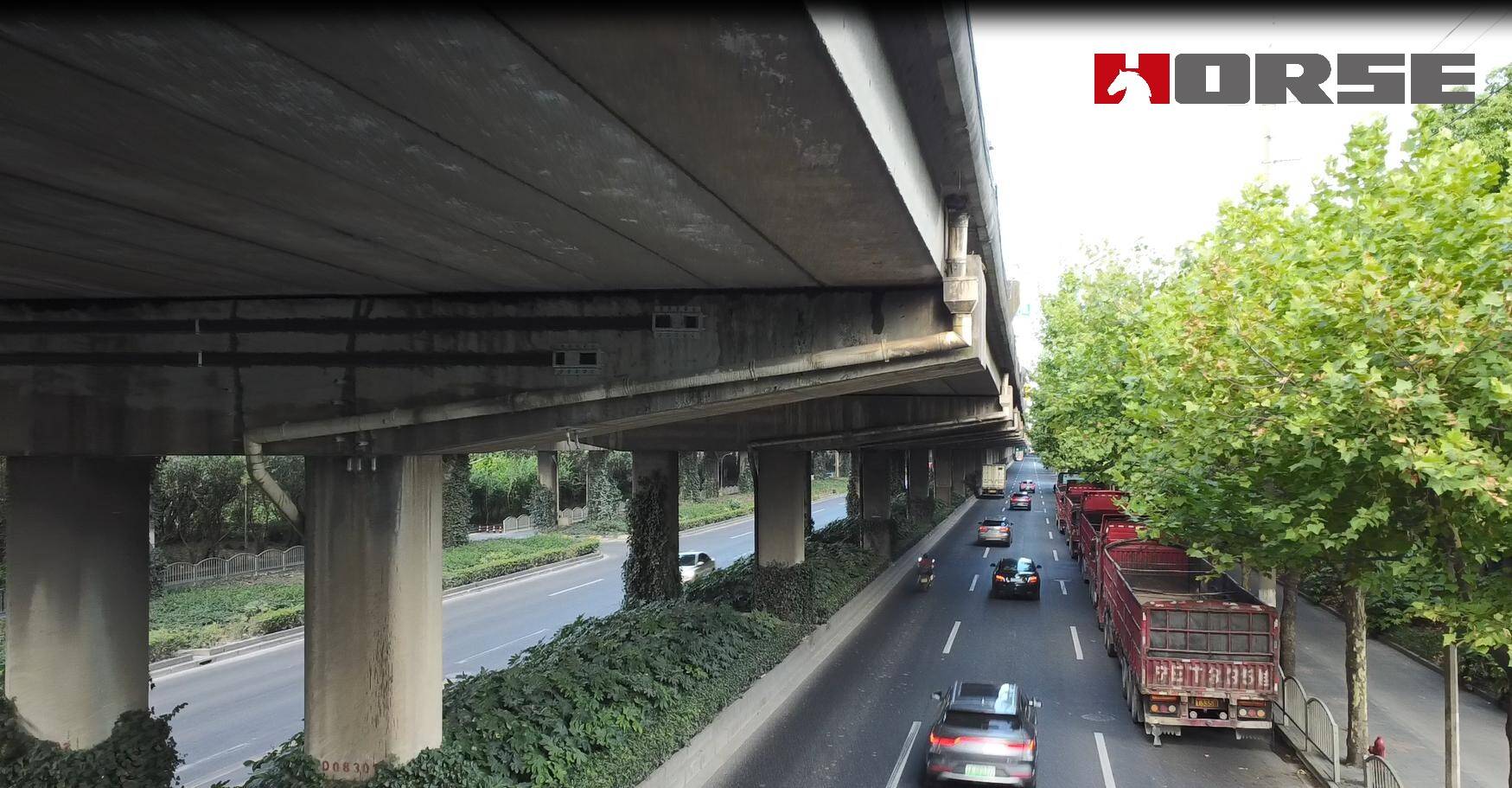
A concrete bridge pier cap exhibited severe cracking (up to 0.6 mm wide) near the midspan due to long-term overloading and environmental exposure (freeze-thaw cycles, chloride ingress). The cracks compromised structural integrity, requiring immediate repair to restore load capacity and prevent further deterioration.
Repair Objectives
Seal cracks to prevent water and chloride penetration.
Restore flexural and shear capacity to original design levels.
Extend service life with corrosion-resistant materials.
Repair Methodology
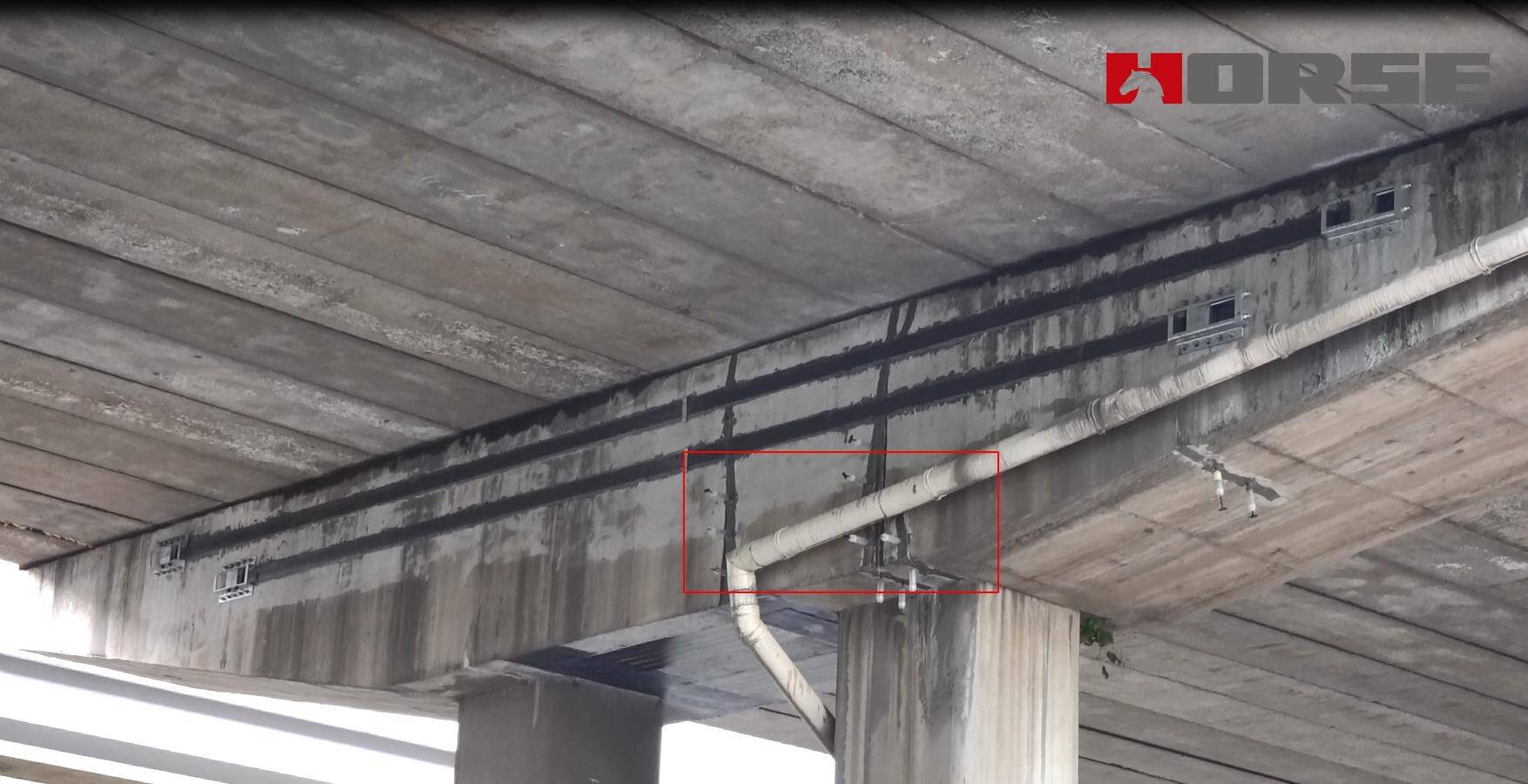
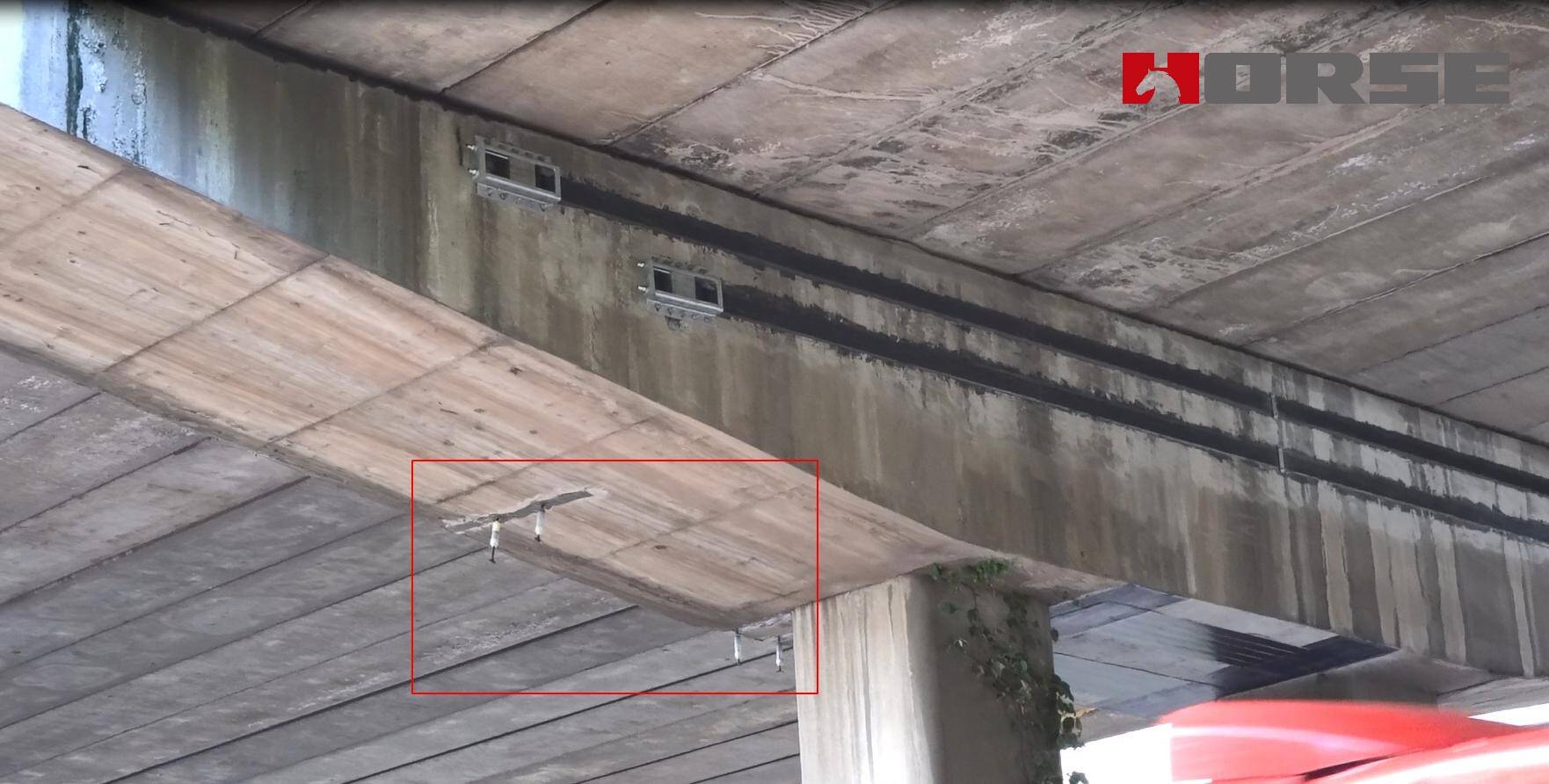
Crack Injection with Epoxy Resin
Materials Used:
Low-viscosity structural epoxy (HM-120L) for deep penetration.
Surface sealant (HM-9) to prevent leakage.
Procedure:
Crack cleaning – High-pressure air/water jetting to remove debris.
Surface sealing – Temporary epoxy paste applied along crack paths.
Injection ports installation – Ports spaced at 300 mm intervals.
Epoxy injection – Pressure-injected until resin exuded from adjacent ports.
Curing & inspection – 24-hour curing, followed by ultrasonic testing.
Result:
Full crack filling confirmed via non-destructive testing (NDT).
Watertight seal achieved, preventing further corrosion.
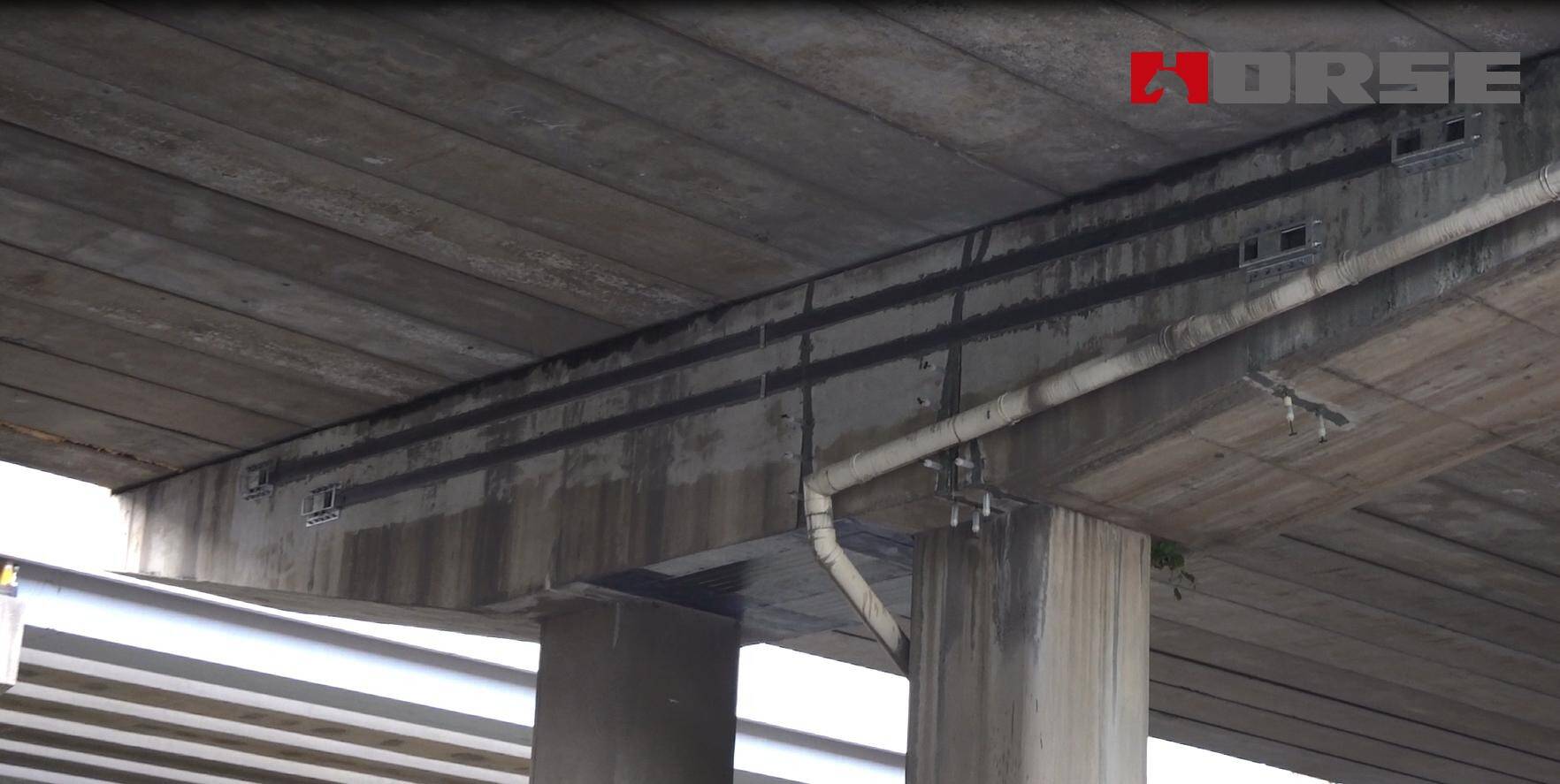
CFRP Strengthening (Plates + Sheets)
Materials Used:
Unidirectional CFRP plates (flexural reinforcement).
Carbon fiber.
Procedure:
Flexural strengthening – CFRP plates bonded along the soffit.
Shear strengthening – CFRP sheets applied in U-wrap configuration.
Quality control – Pull-off tests (≥2.5 MPa bond strength).
Result:
Shear capacity increased by 40%.
Corrosion-resistant solution with minimal added weight.
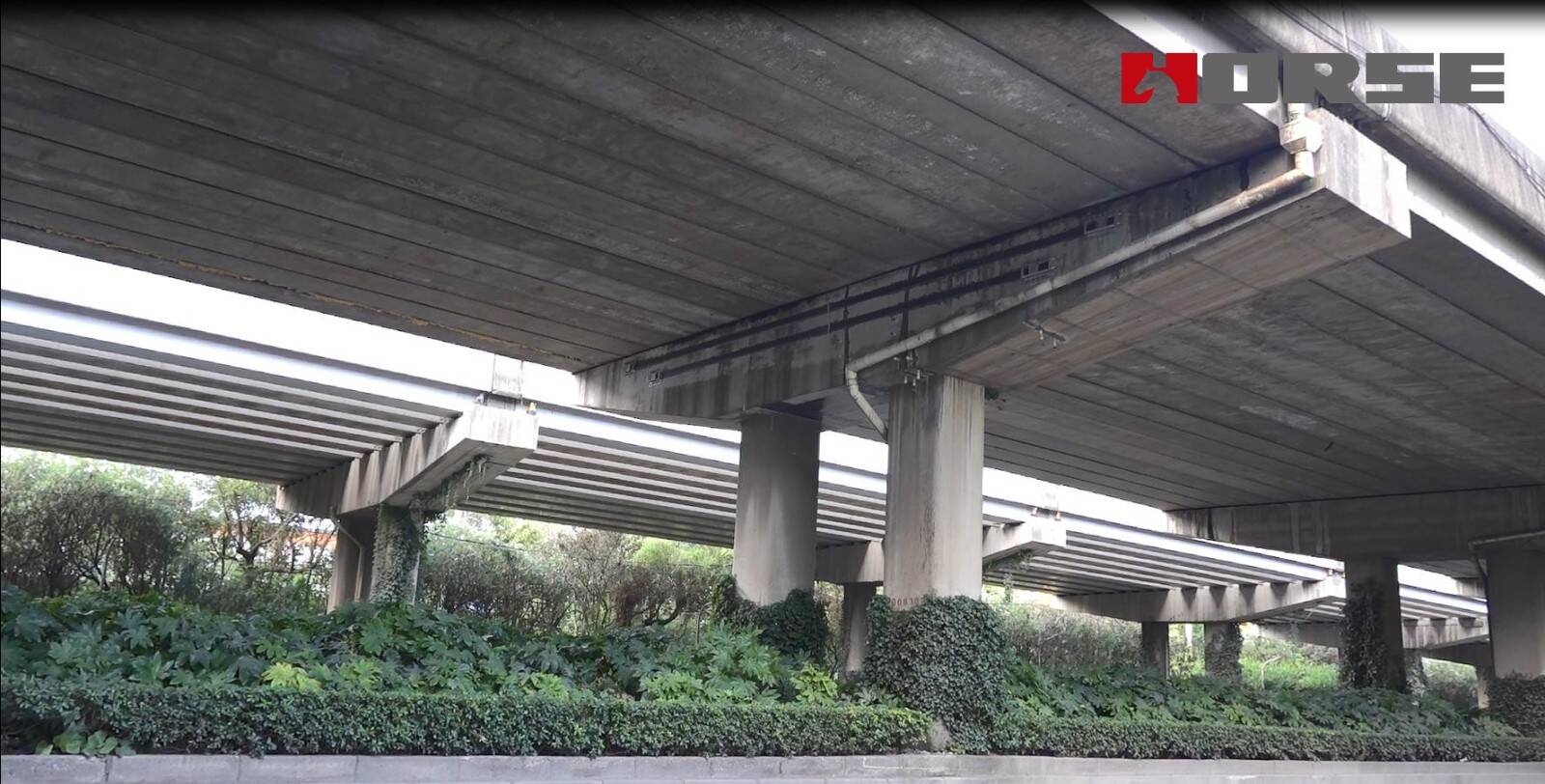
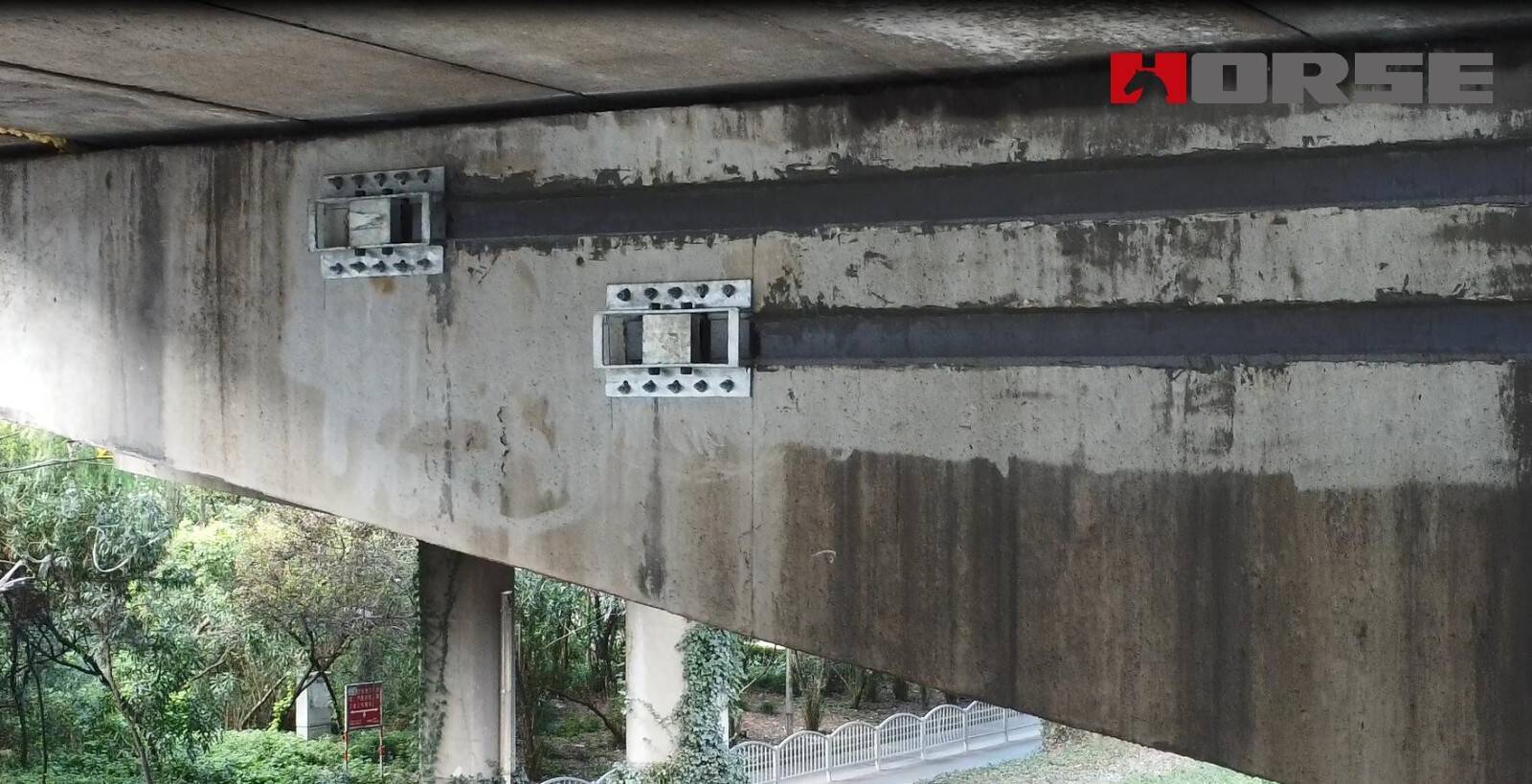
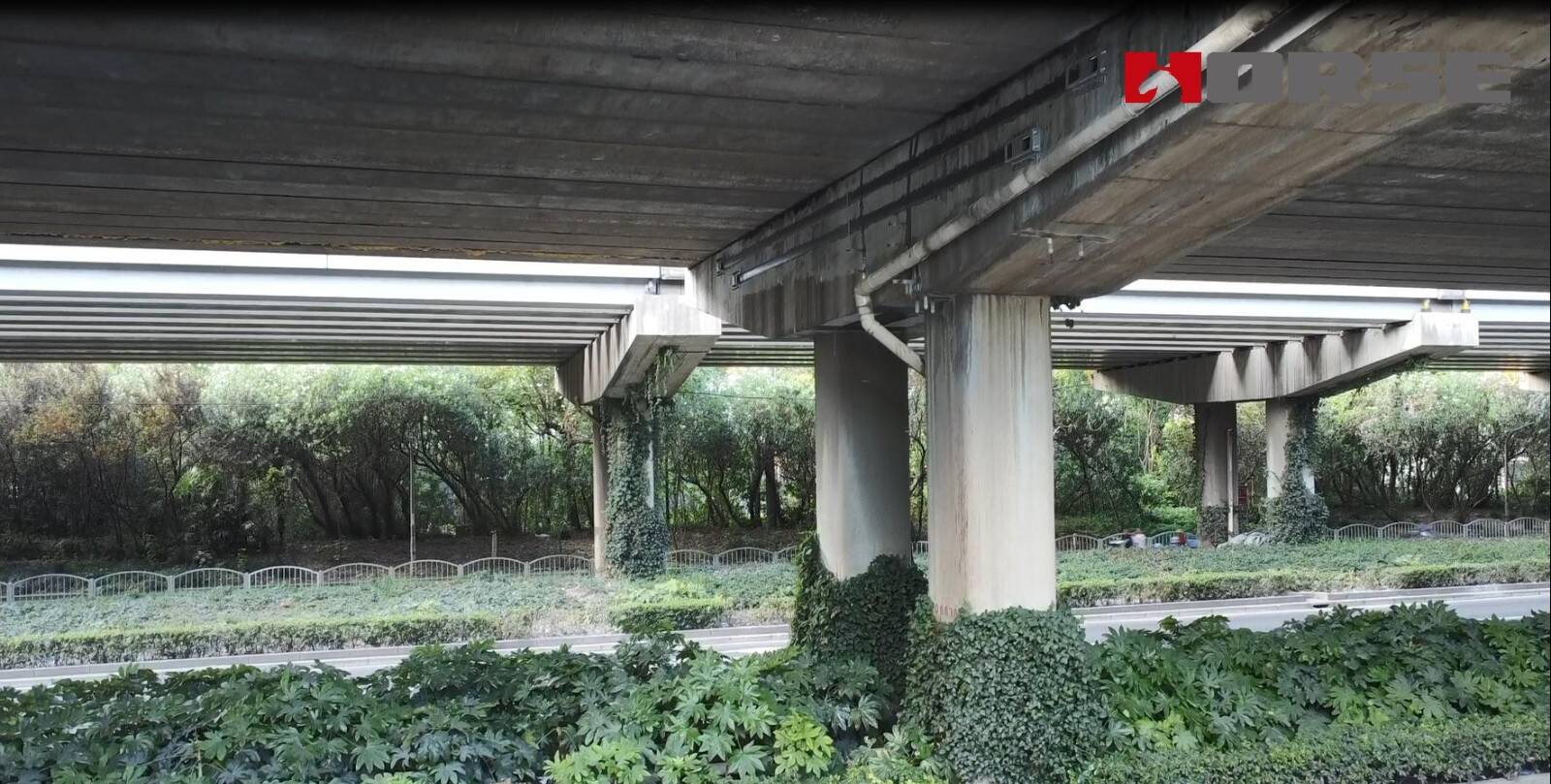
External Prestressed CFRP Plate Strengthening
Materials Used:
High-strength CFRP plates (HM-2.0T)
Structural epoxy adhesive (HM-120CP)
Procedure:
Concrete surface preparation – Grinding, sandblasting, and epoxy priming.
CFRP plate prestressing – Hydraulic jacks applied 30% of UTS to induce compression.
Bonding – Plates adhered under pressure using vacuum bagging.
Anchoring – Steel end plates secured with high-strength bolts.
Result:
Active load redistribution, reducing tensile stresses.
Increased flexural capacity by 25% compared to original design.
Post-Repair Validation
Load testing confirmed 120% of original design capacity.
No crack reactivation of monitoring.
Estimated service life extension: 50+ years with proper maintenance.